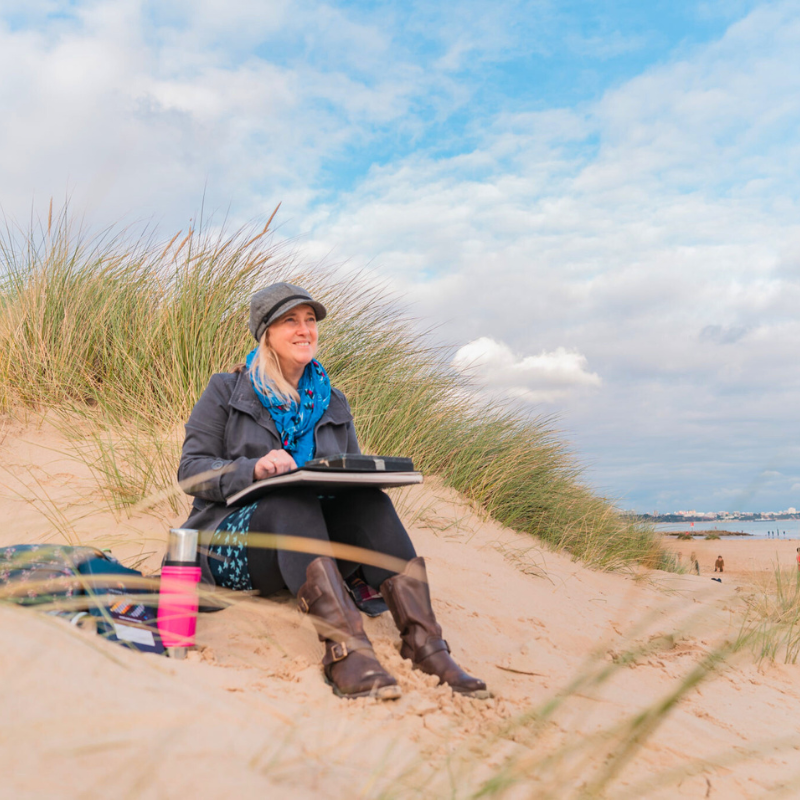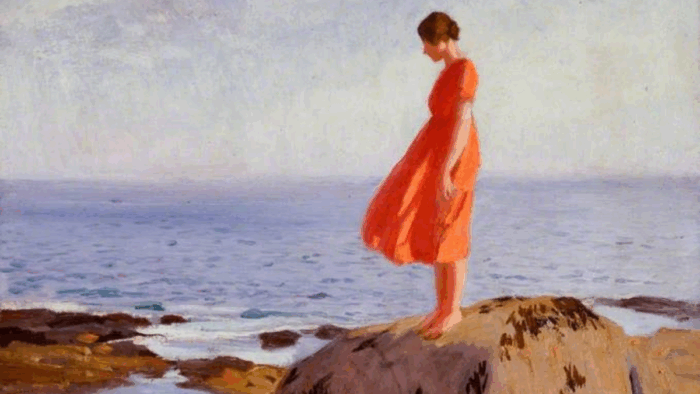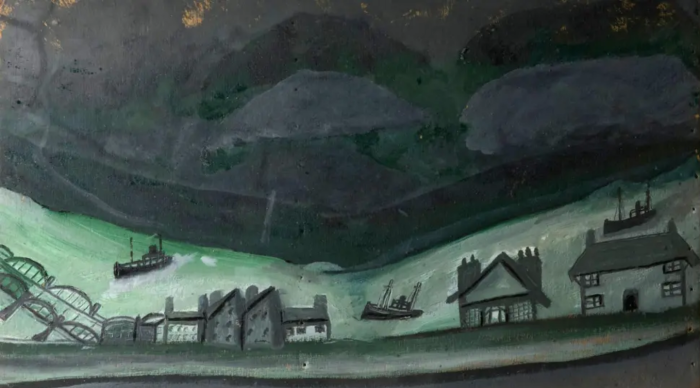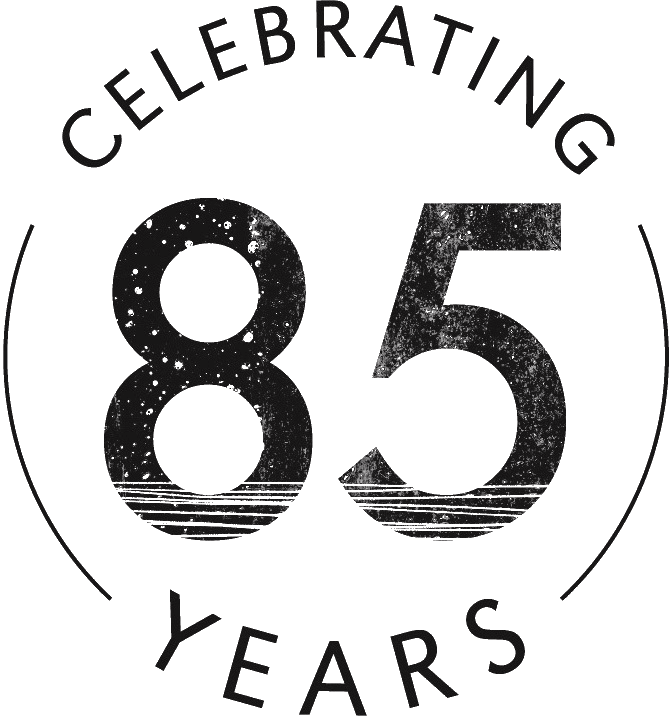Sketchbook Tips from Artist Tutor Nina Squire
Artist and tutor Nina Squire recently shared her expert tips for creating easy and effective sketchbook studies using pastels in the latest issue of Leisure Painter magazine.
While watercolour and pencil are popular go-to mediums for outdoor sketching due to their portability and ease of use, Nina shares why soft pastels work as a great alternative, and how to get the best out of them.
Why Choose Soft Pastels?
One of the greatest benefits of soft pastels is that they are ready to use. There’s no need for palettes, brushes, or water (although Nina shares the benefits of adding water further down) – you can just open the box and start sketching. With a few key techniques, you’ll discover how versatile pastels can be in your sketchbook.
Choosing the Right Materials
Using high-quality materials makes a big difference. Nina recommends Seawhite of Brighton travel sketchbooks, which feature:
200gsm watercolour paper
A sturdy hardcover
An elastic band to keep pages secure while on the go
She also keeps a variety of sketchbook sizes on hand:
Square formats are lightweight and easy to carry
A5 journals fit perfectly in a rucksack
A4 sketchbooks provide more space for expressive strokes and splashes
When working with pastels in a sketchbook, smudging is a common concern. Nina suggests building colour gradually by applying less pigment, which reduces excess dust. She also prefers soft pastel pencils over full sticks for a cleaner, more controlled application. If she does use soft pastel sticks, she sets the work with a fixative to secure the pastel.
Painting with Pastels: Adding Liquid
As Nina demonstrates in her courses with St Ives School of Painting, soft pastels can be transformed with liquid into a paint-like medium. She recommends artist-quality brands like Unison Colour or Faber-Castell Pitt Pastels, which contain a high percentage of pure pigment and minimal binder.
By adding liquid, the pastel temporarily returns to a paste-like state. It may take a little practice to master the right consistency, but the result is a rich, syrupy texture that mimics paint beautifully.
Top tips for adding liquid to pastels:
Use alcohol instead of water – it evaporates faster
Try a spray bottle rather than a pot of water to control how much moisture you apply
If your pastels turn out waxy or greasy, it’s likely due to the binder – experiment to find what works best for you
Build up layers by overlapping marks with light pressure. If you’re creating too much dust, ease off on the pressure.
Start Sketching at Home
If heading outdoors feels intimidating at first, start by sketching at home. A simple still life, like a teapot or your favourite slice of cake, is a great way to build confidence and get familiar with your process.
What to Pack for Outdoor Sketching
Keep your kit light – less to carry means more freedom to explore. Nina’s essentials include:
An old tea towel
A selection of pastel colours suited to your subject (landscape, urban scene, etc.)
A small spray bottle of water
A plastic bag or mat to sit on
A putty rubber
A craft knife
A flask of tea (essential)


Ready to Venture Out?
When you’re ready to take your sketchbook outdoors, remember, your car can double as a mobile studio. Keep an eye out for inspiring views, quiet corners, or café moments to capture. These sketches add a storytelling element to your work and help document your journey.
Relive the Joy of Sketchbooks
Don’t forget to date your sketches and jot down notes, especially if you reference photos from your trip later.
“There’s nothing more inspiring than flipping through an old sketchbook years later and reliving those creative moments. You’ll see how much your skills have improved and may even find ideas you’d forgotten about. A simple sketch can be the start of a larger artwork—it’s a way of storing inspiration.”
Nina Squire
You can read Nina’s full article, along with more tips and exercises, in the August edition of Leisure Painter.
Want to learn more right away? Watch Nina’s 2-part webinar, Painting Pastel – Seascapes.
Find out more about Nina and her work one her website: thepastelartist.co.uk
9/7/2025
Share on
Related Stories

Dame Laura Knight: 'A Dark Pool'
Few artists captured the vitality of early 20th-century Britain quite like Dame Laura Knight. Known for her luminous palette, bold compositions, and commitment to painting the world around her, Knight carved out a space for herself in a male-dominated art world, and in doing so, redefined what it meant to be a modern British artist....

Edged by the Sea - An Exhibition
During the past six months, Cornish artist tutor Victoria Gillow has been working – exploring and painting around our coast – soaking up the longer days and brighter weather. And her exploration has now come to fruition, as she launches a brand new solo art exhibition at Trebah Gardens in Falmouth. Running from 1 April...

Alfred Wallis: 100 Years On
This August marked 100 years since Alfred Wallis first picked up a paintbrush – beginning a remarkable, self-taught artistic career that continues to resonate across the art world. Read more about his incredible life and career, and discover how his paintings are still being appreciated today. Born on 8 August 1855 in Devonport, Plymouth, Alfred...
